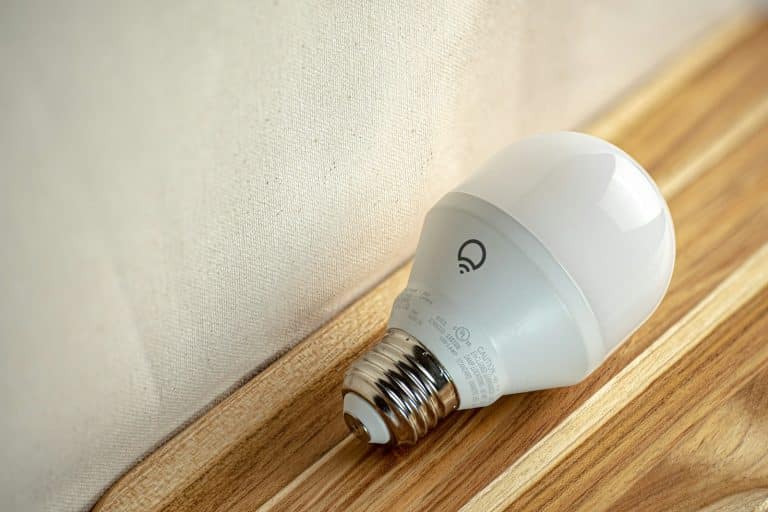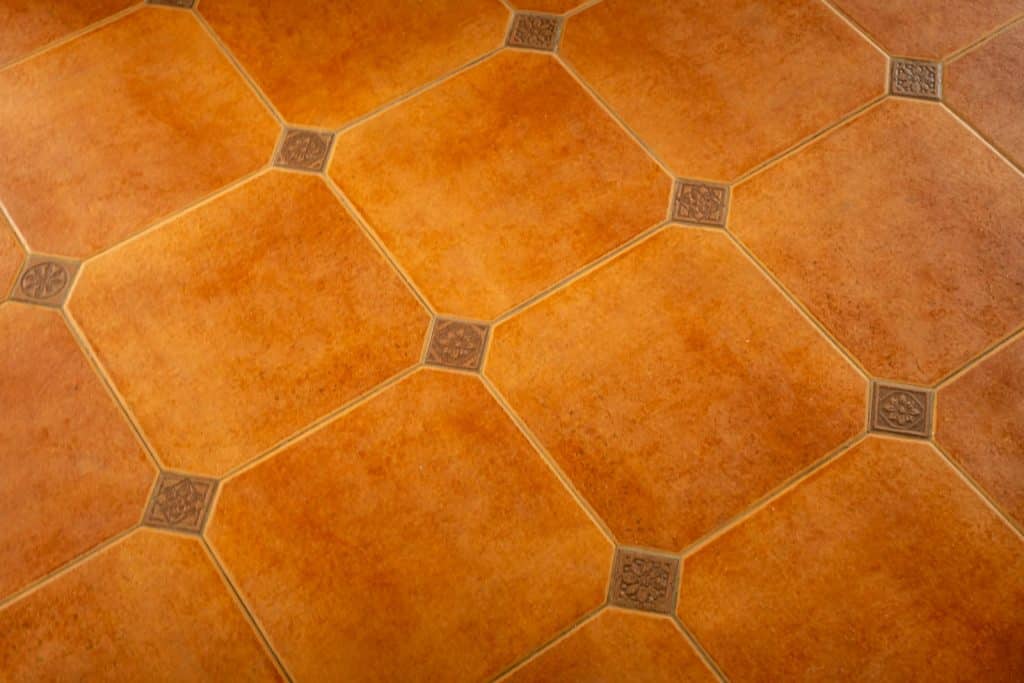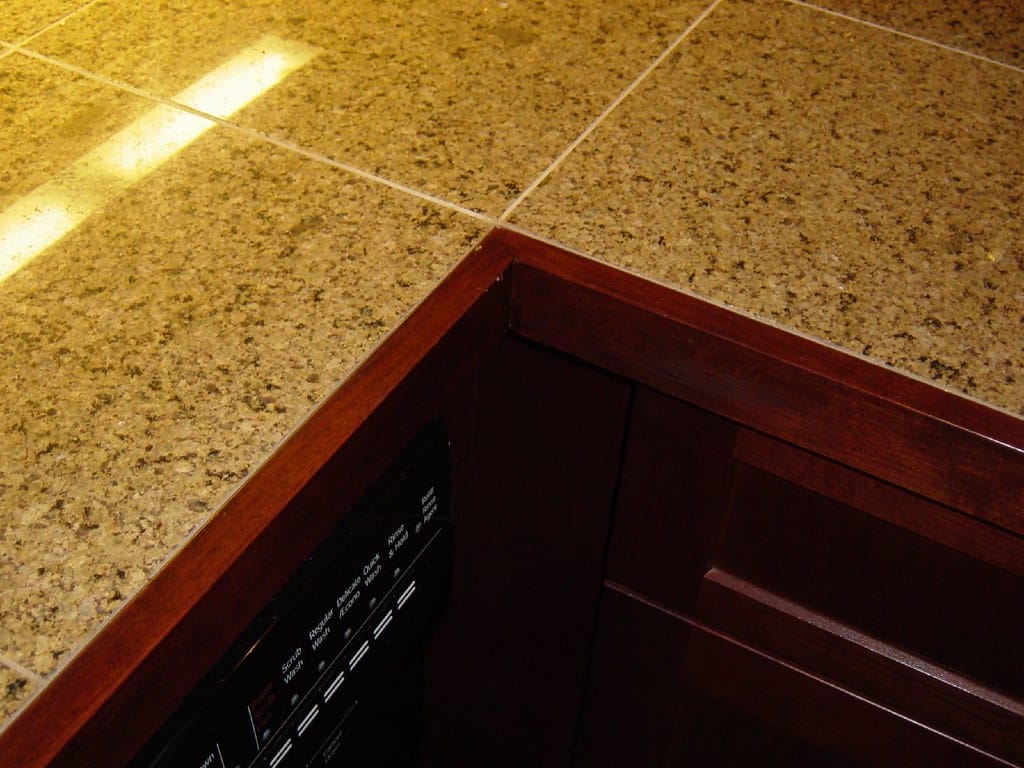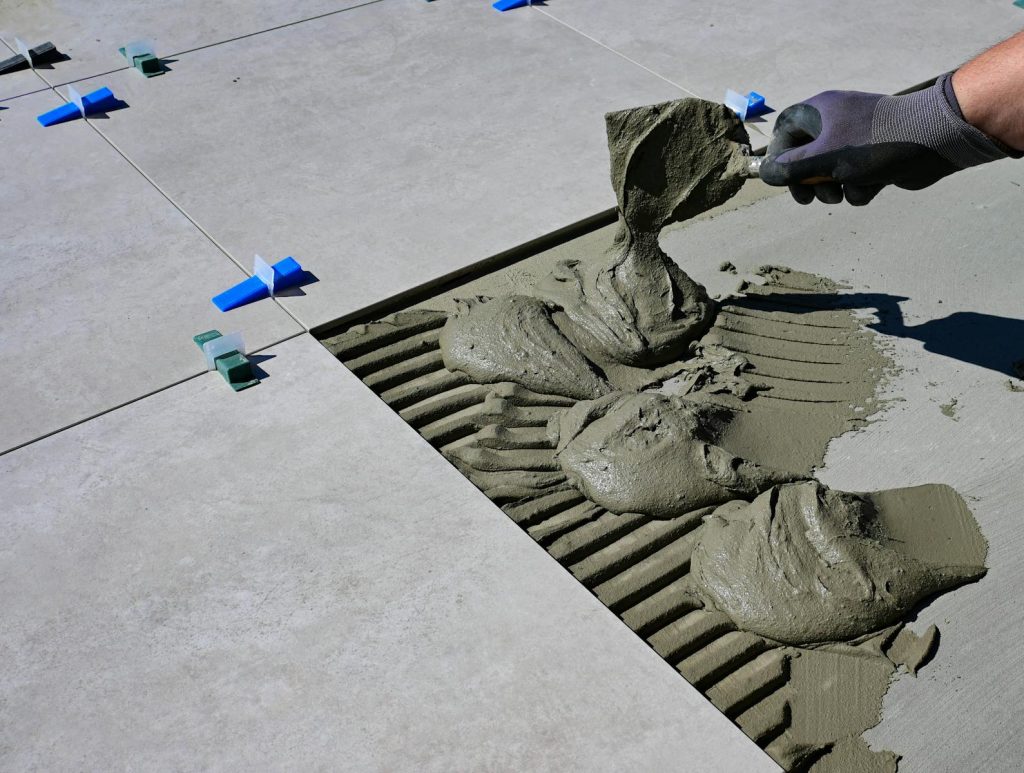How to Save Money and Reduce Electricity Bill, nowadays everbody thinks this almost – In recent years, rising electricity bills have prompted individuals to adopt energy-saving practices. By reducing energy consumption without compromising productivity, electricity conservation helps lower your bills and contributes to a more sustainable planet. But what exactly is energy conservation, and how can you implement it in your daily life? Let’s explore.
What Is Energy Conservation?
Energy conservation involves minimizing electricity waste without reducing quality of life or productivity. It’s about using energy efficiently—whether at home or work—to tackle global sustainability challenges while easing the burden on your wallet. By adopting mindful habits and technologies, you can cut costs and reduce your carbon footprint.
How to Save Electricity: Practical Tips
From smart gadgets to simple behavioral changes, here are proven strategies to lower your energy consumption:
1. Switch to Energy-Efficient LED Bulbs
LED bulbs consume up to 80% less energy than traditional incandescent bulbs and last 10–25 times longer. Replace frequently used lights (like living rooms or kitchens) with LEDs for immediate savings.
2. Unplug Devices or Use Smart Power Strips
Electronics like TVs, computers, and chargers drain power even when idle (known as “phantom load”). Unplug them or use smart power strips to cut off standby power automatically.
3. Choose ENERGY STAR-Rated Appliances
When buying refrigerators, washing machines, or AC units, prioritize ENERGY STAR-certified models. These appliances meet strict efficiency guidelines, saving 10–50% more energy.
4. Turn Off Lights When Not in Use
A simple habit with significant impact. Use natural daylight whenever possible and install motion sensors in low-traffic areas.
5. Optimize Refrigerator Usage
Fridges account for 15% of home energy use. Keep doors closed, set temperatures to 35–38°F, and replace worn seals. Avoid overloading to maintain airflow.
6. Use Smaller Appliances for Cooking
Toaster ovens or air fryers use less energy than full-sized ovens for small meals. Preheat ovens only when necessary.
7. Monitor High-Consumption Devices
Hair dryers, electric kettles, and microwaves consume massive power. Opt for energy-efficient models and avoid overuse.
By integrating these tips and tools, you’ll reduce energy waste, lower bills, and contribute to a greener future. Start small—your wallet and the planet will thank you!







